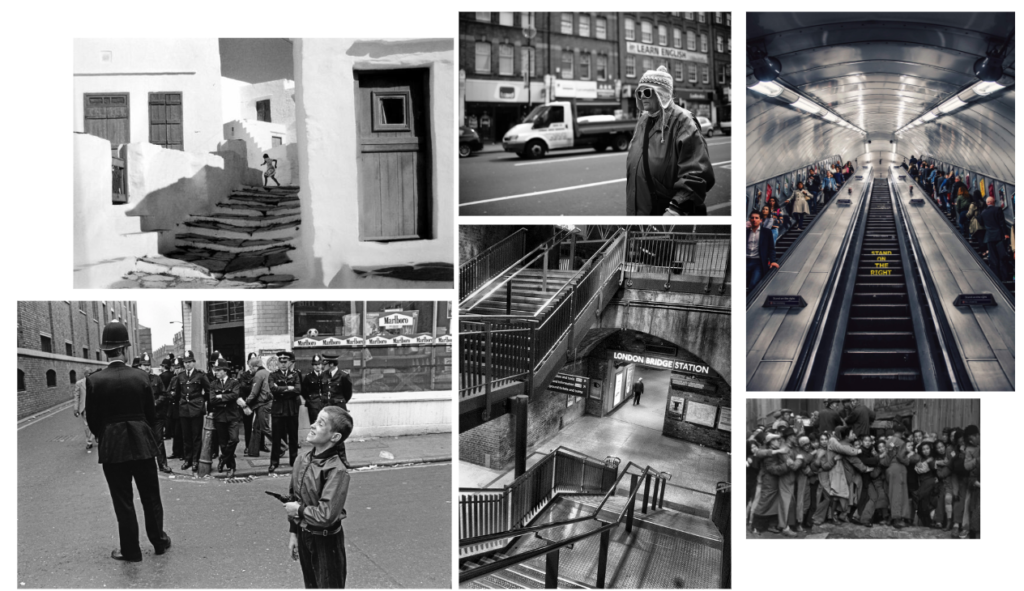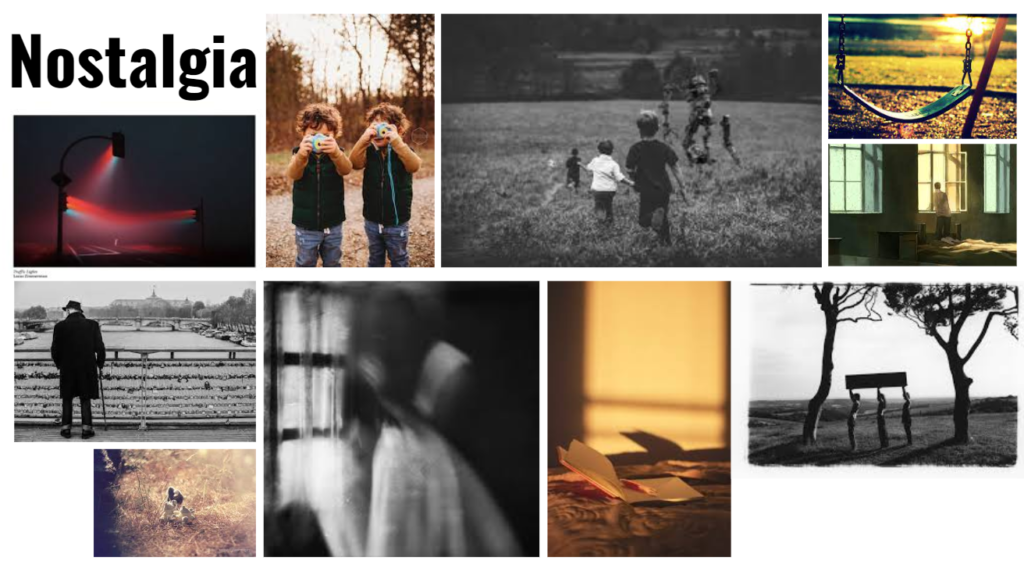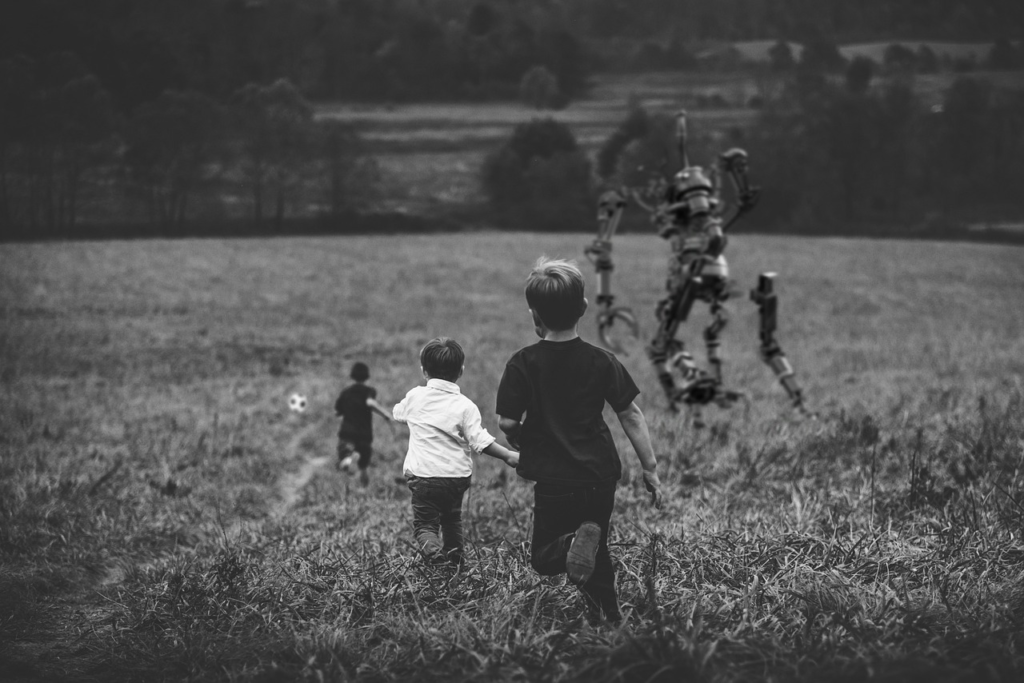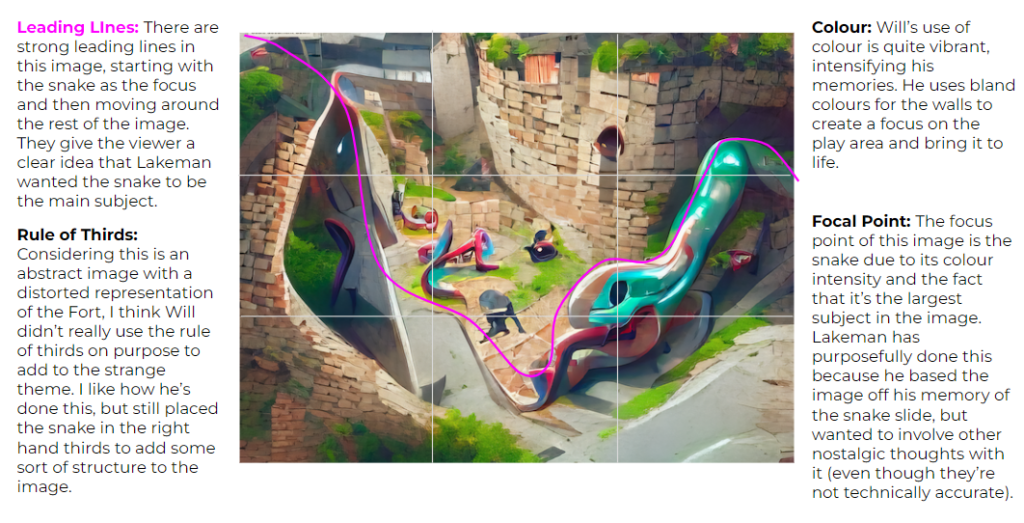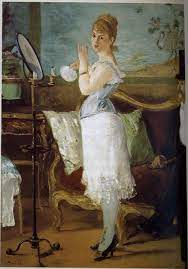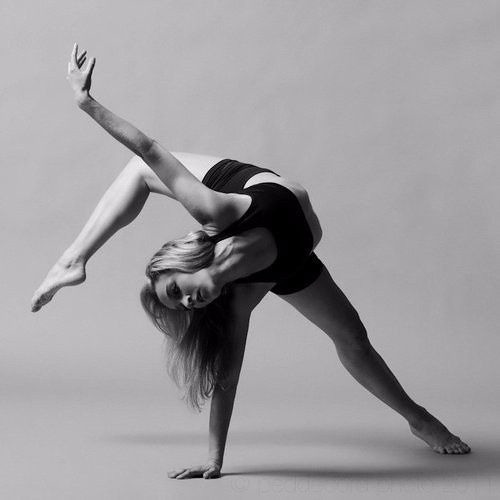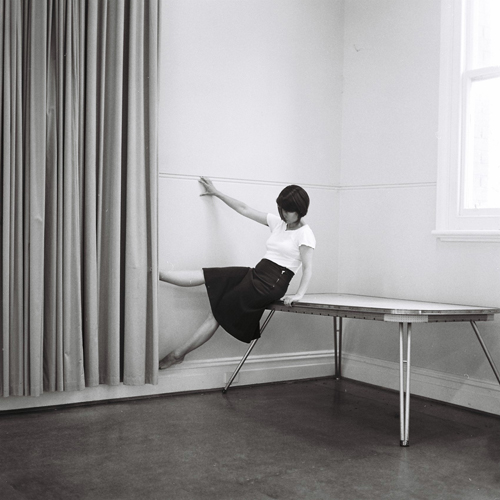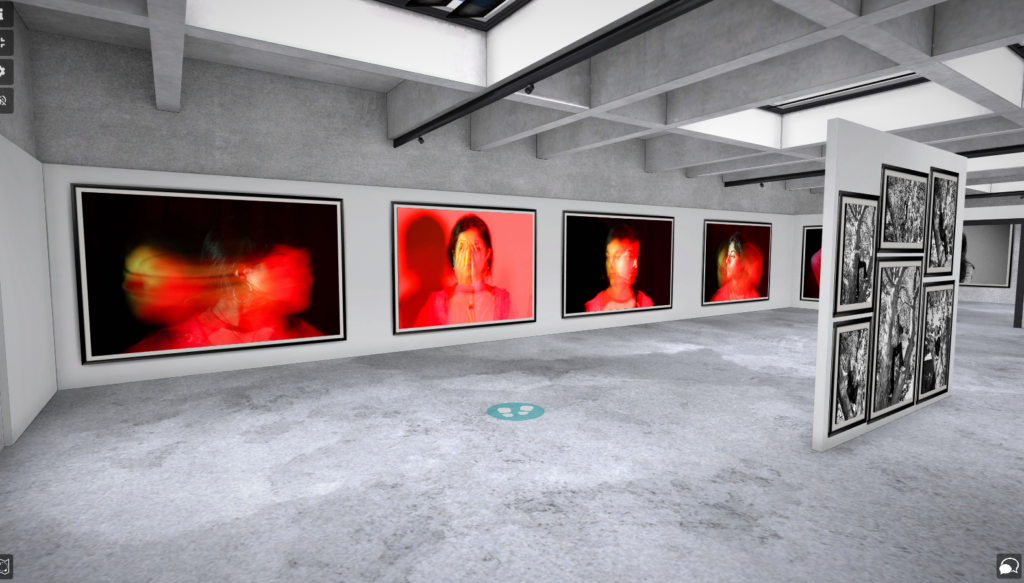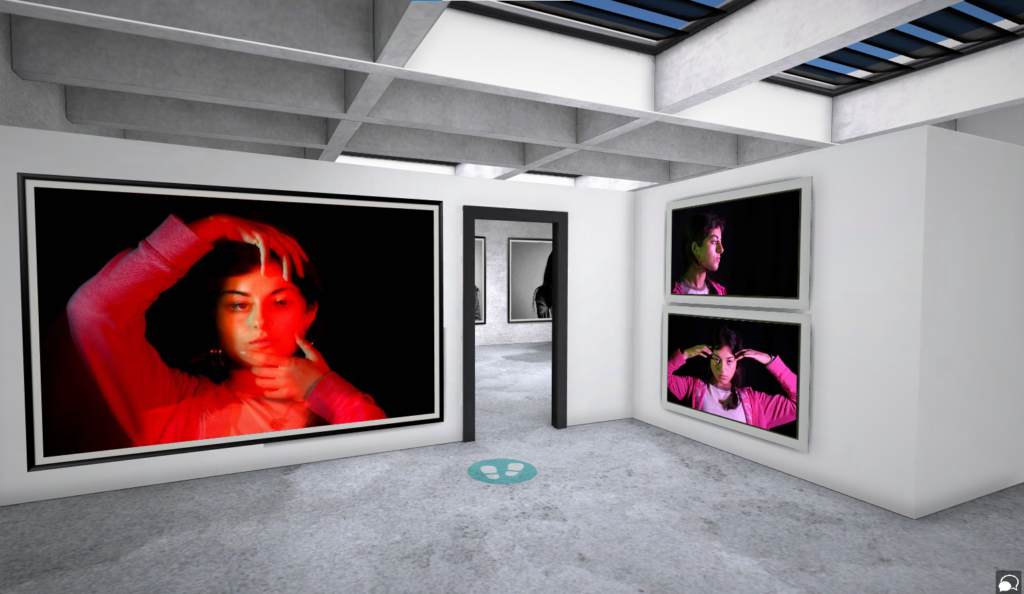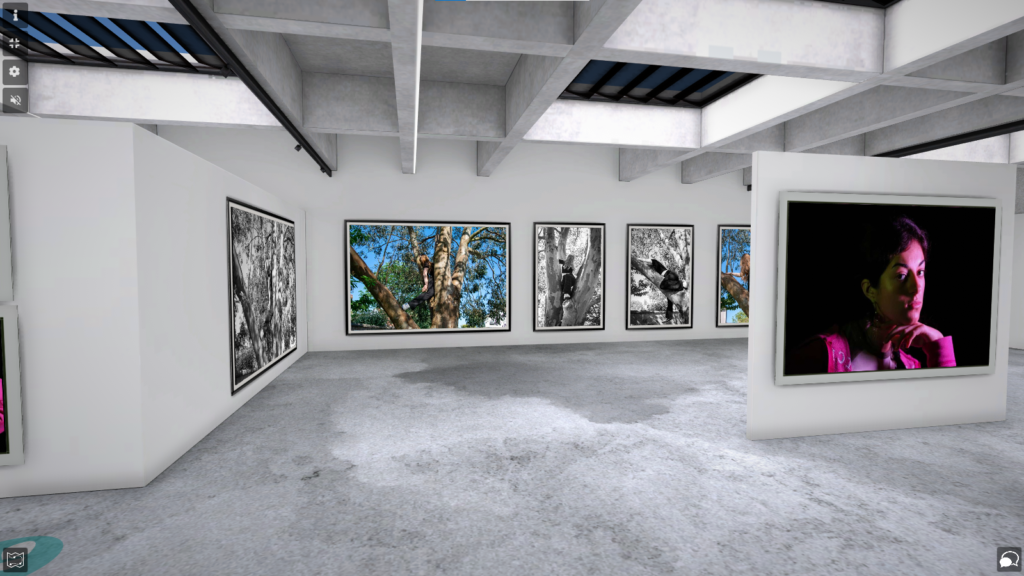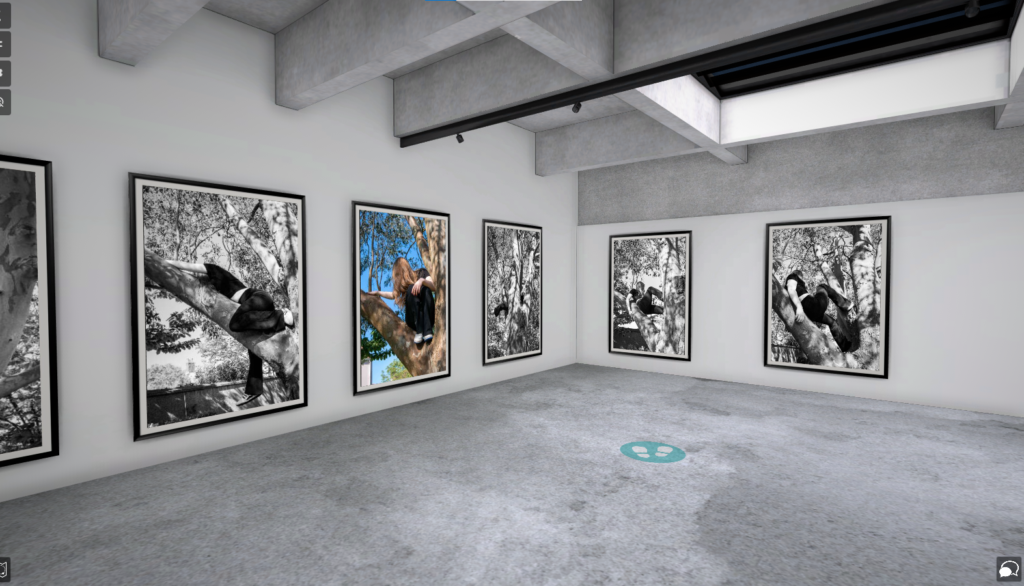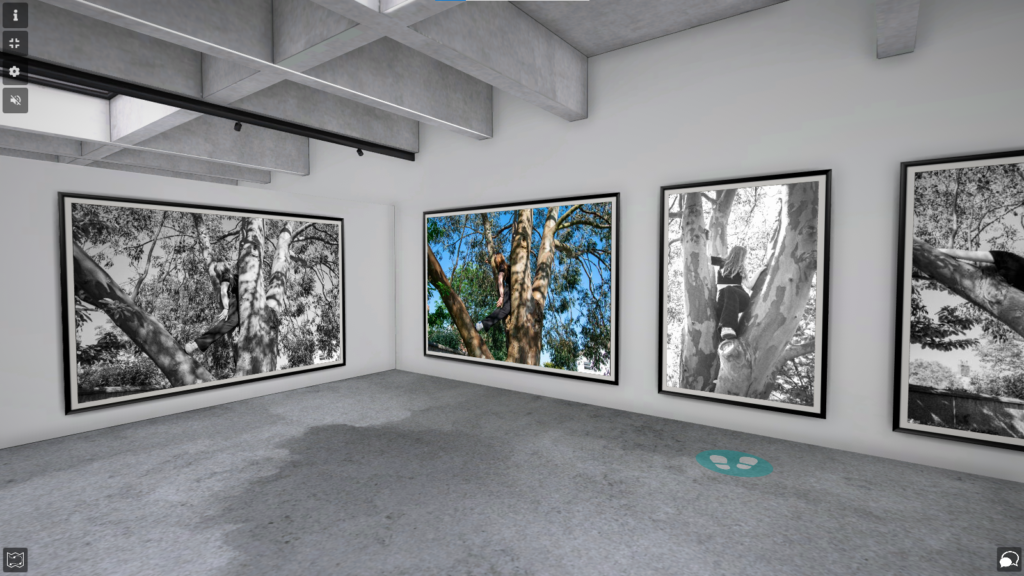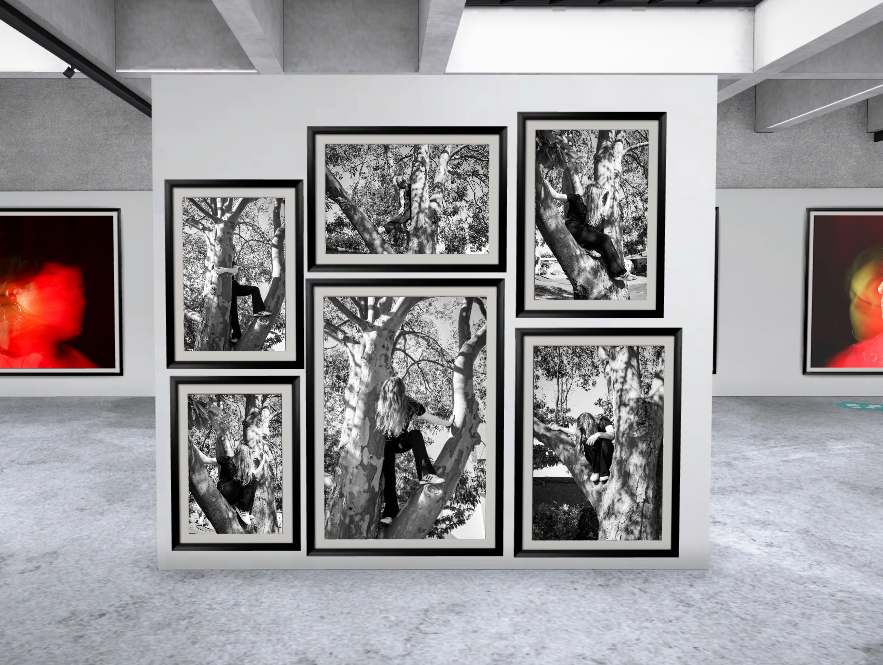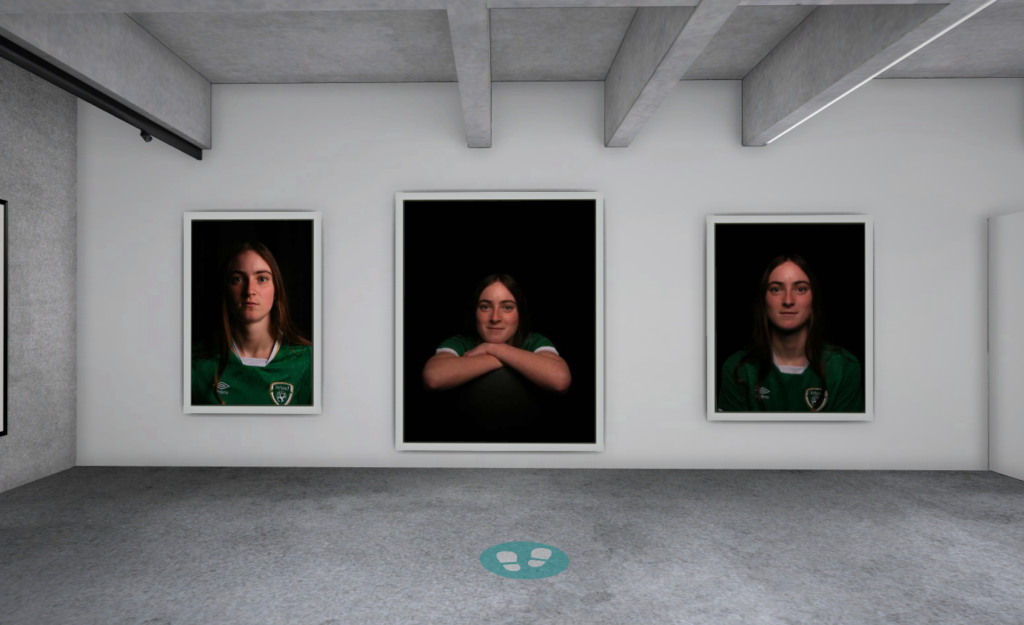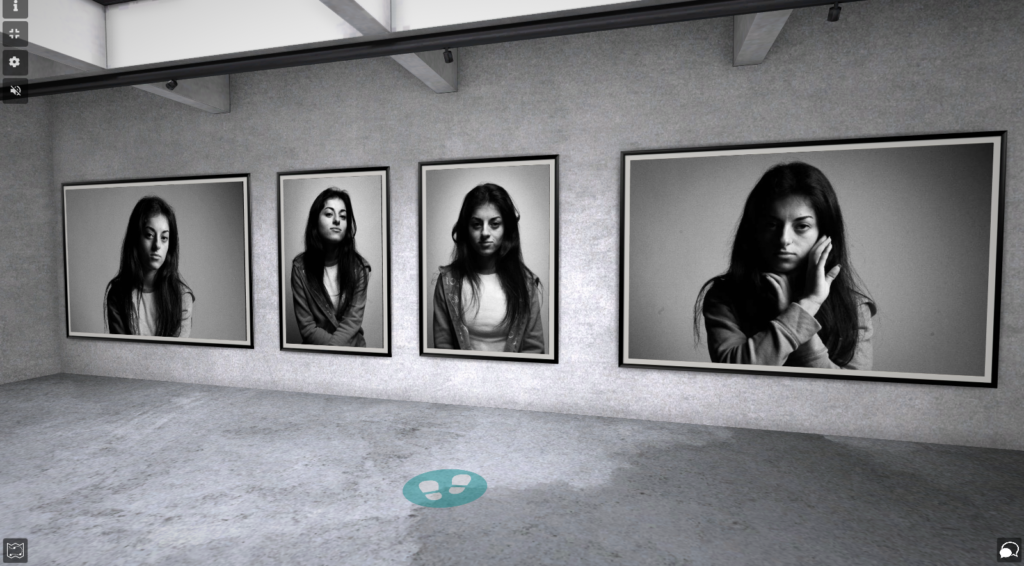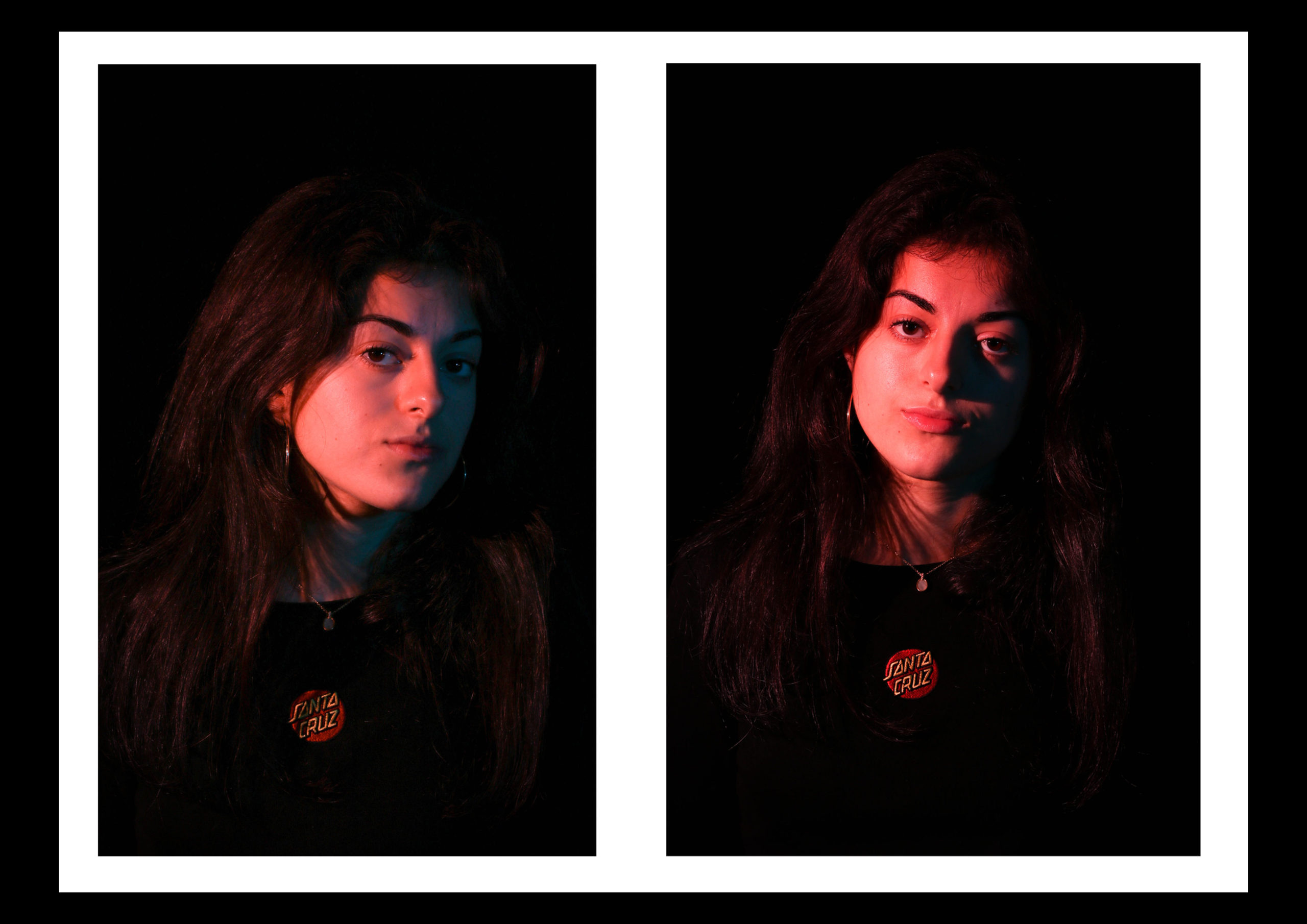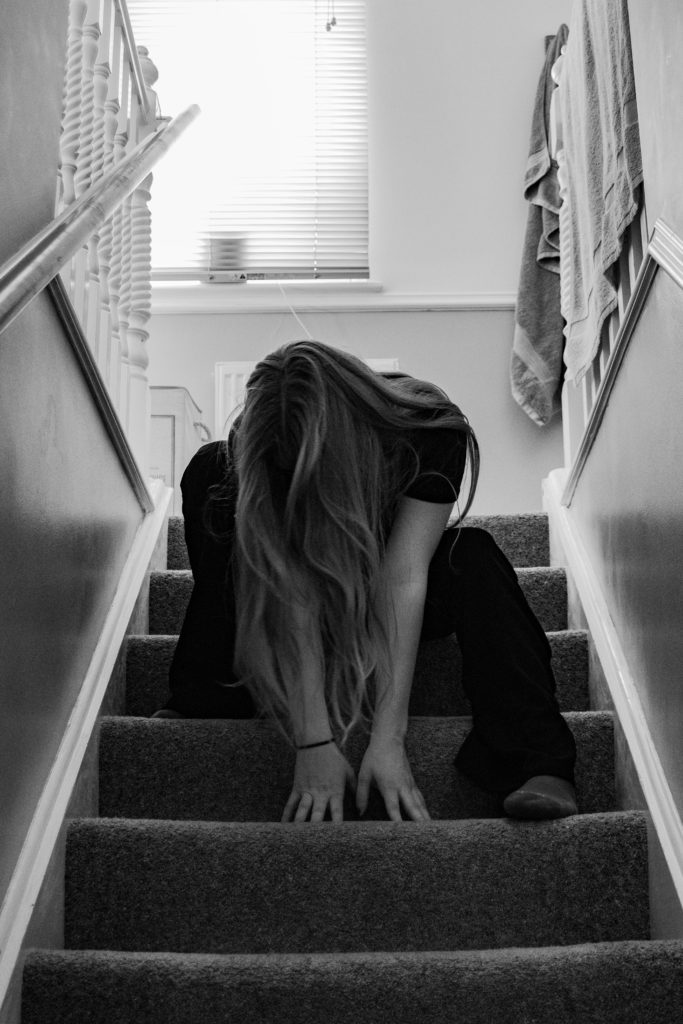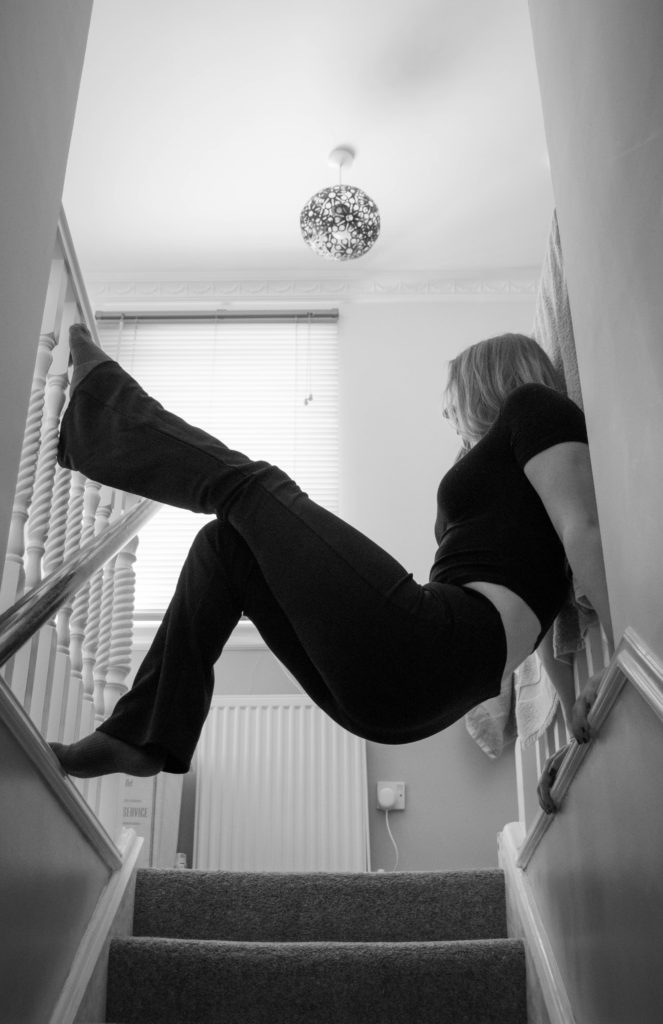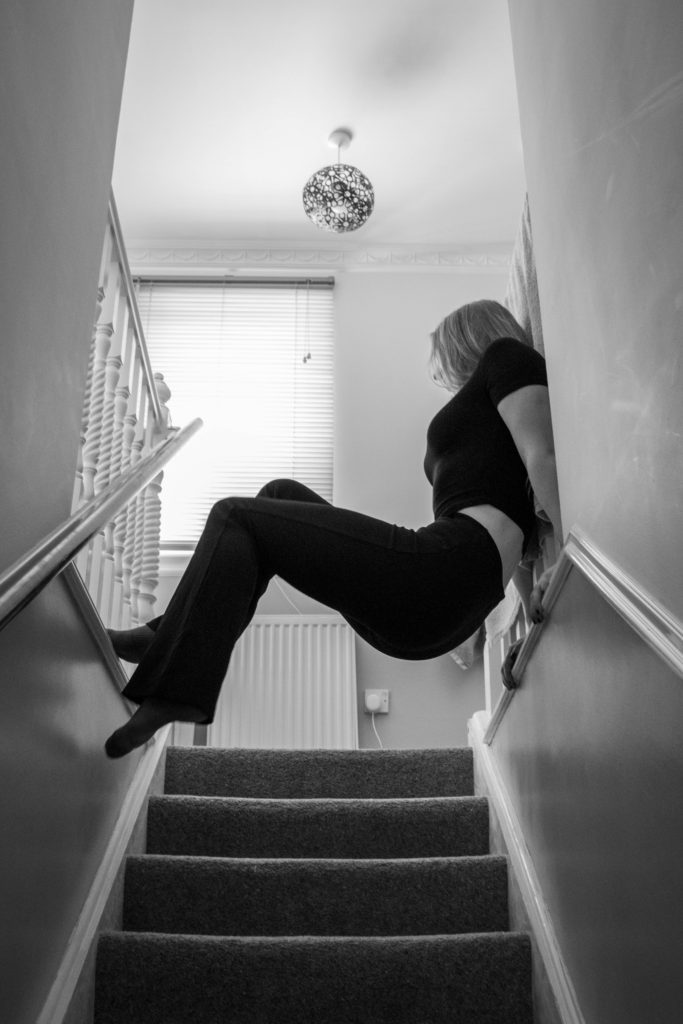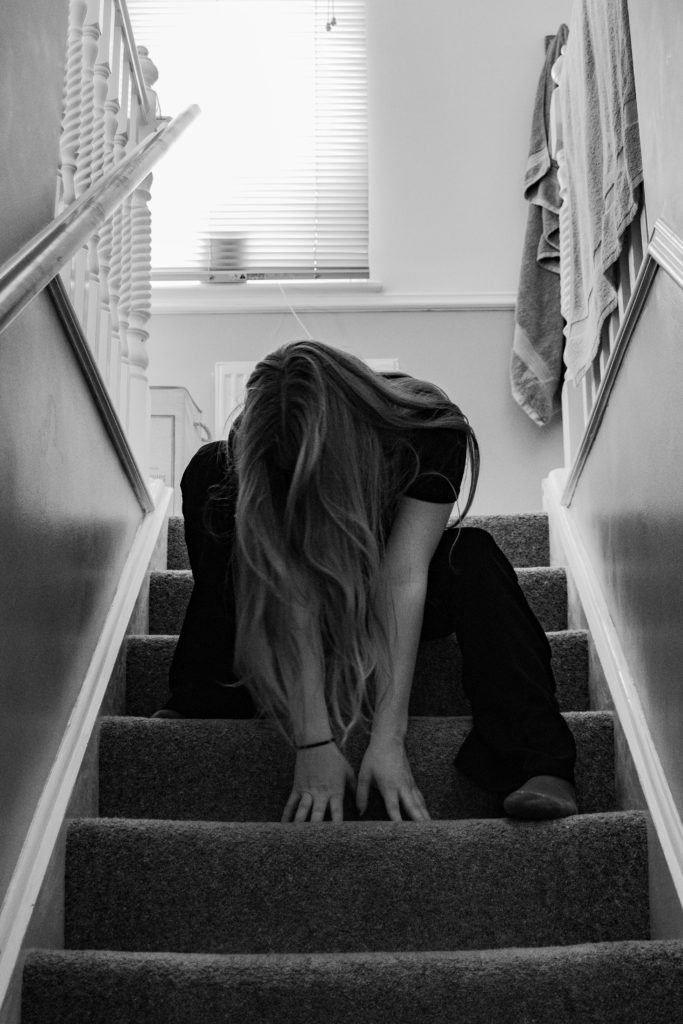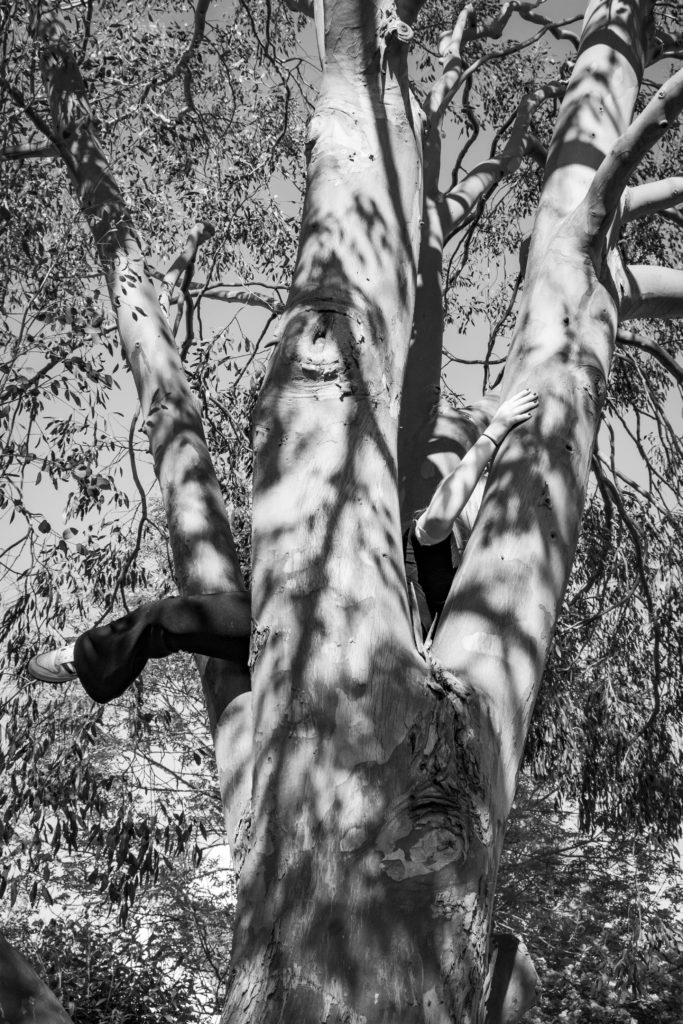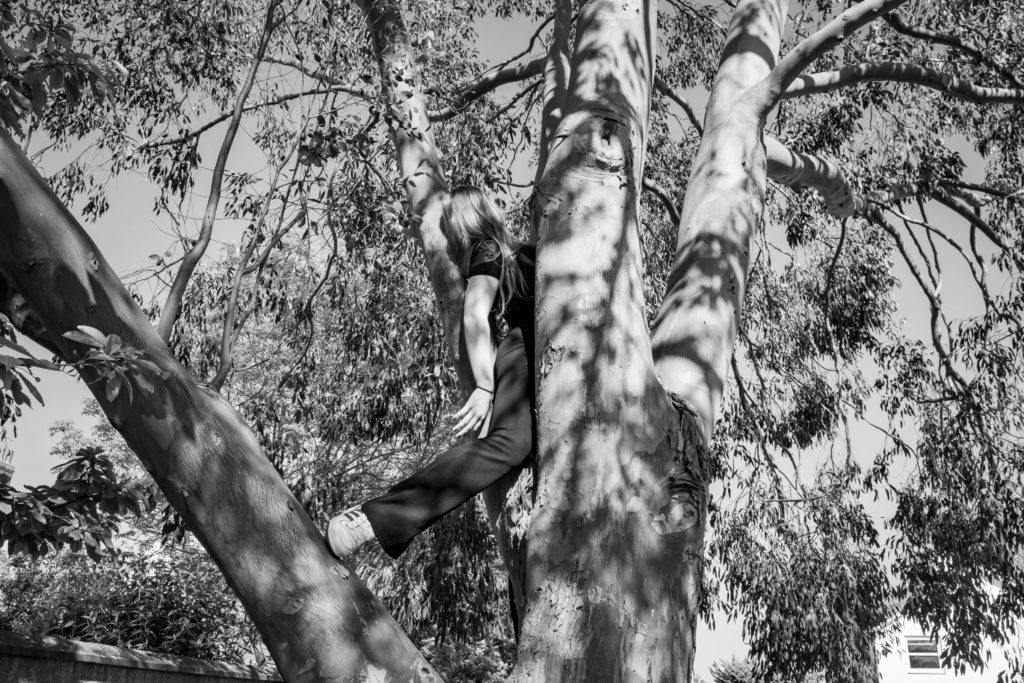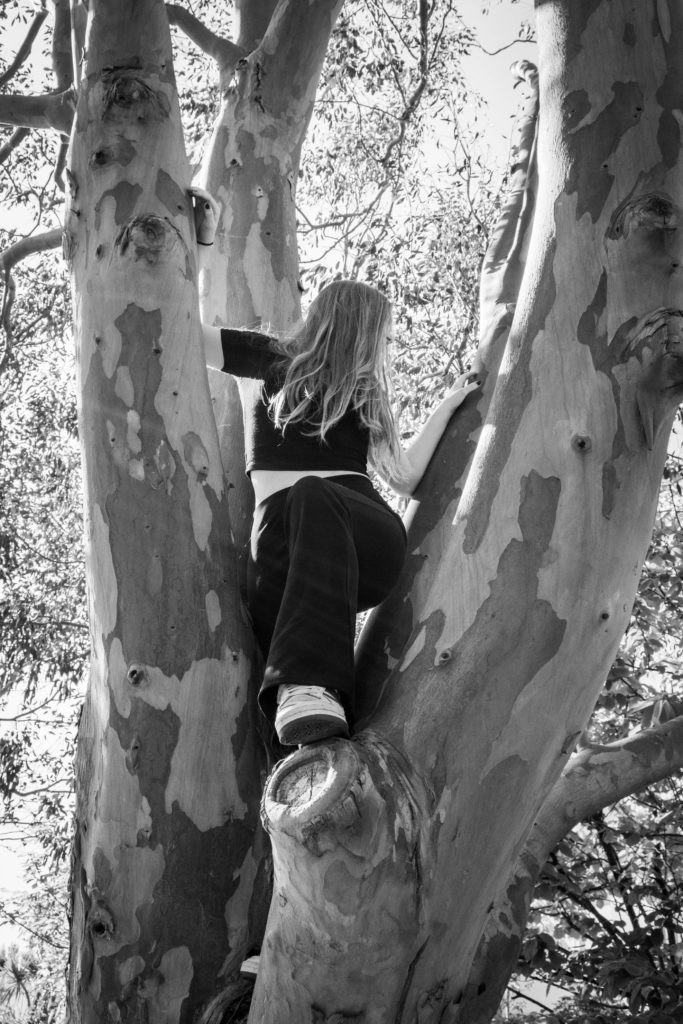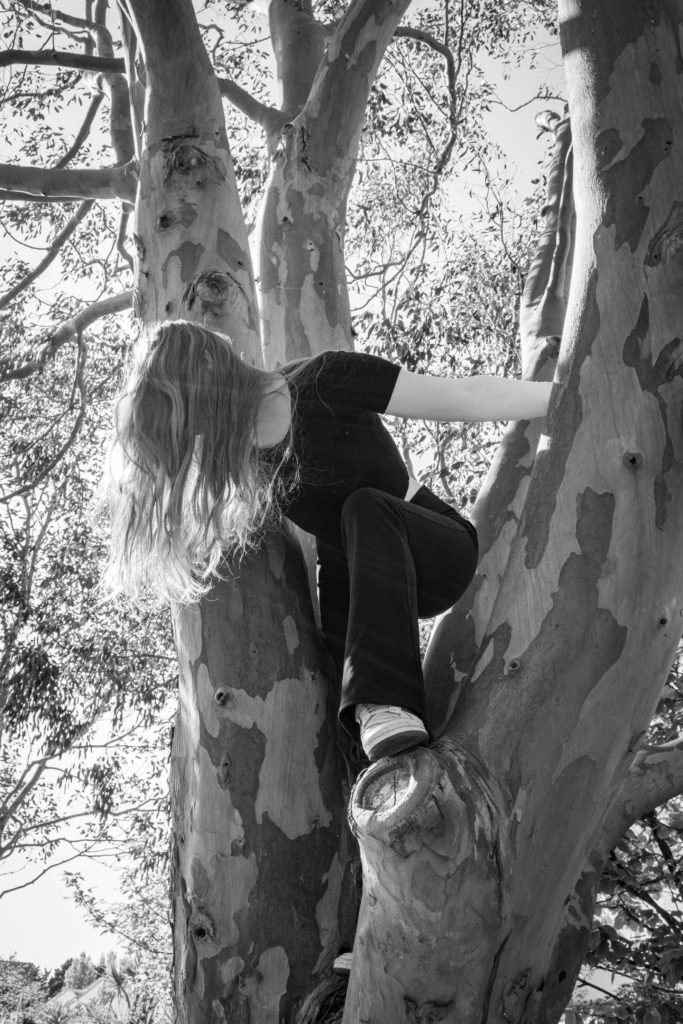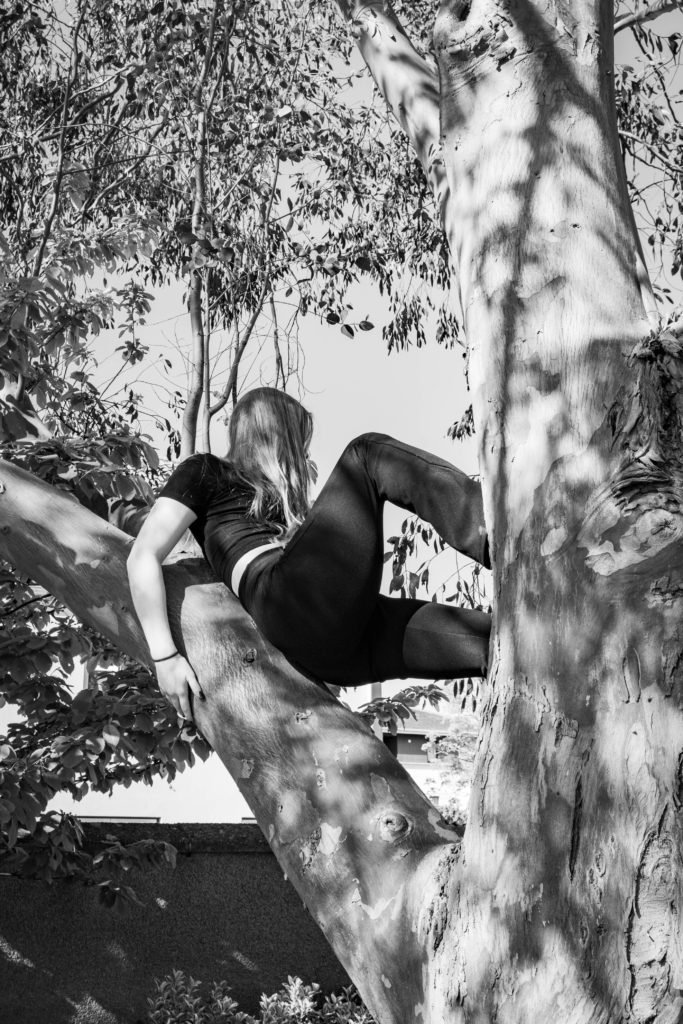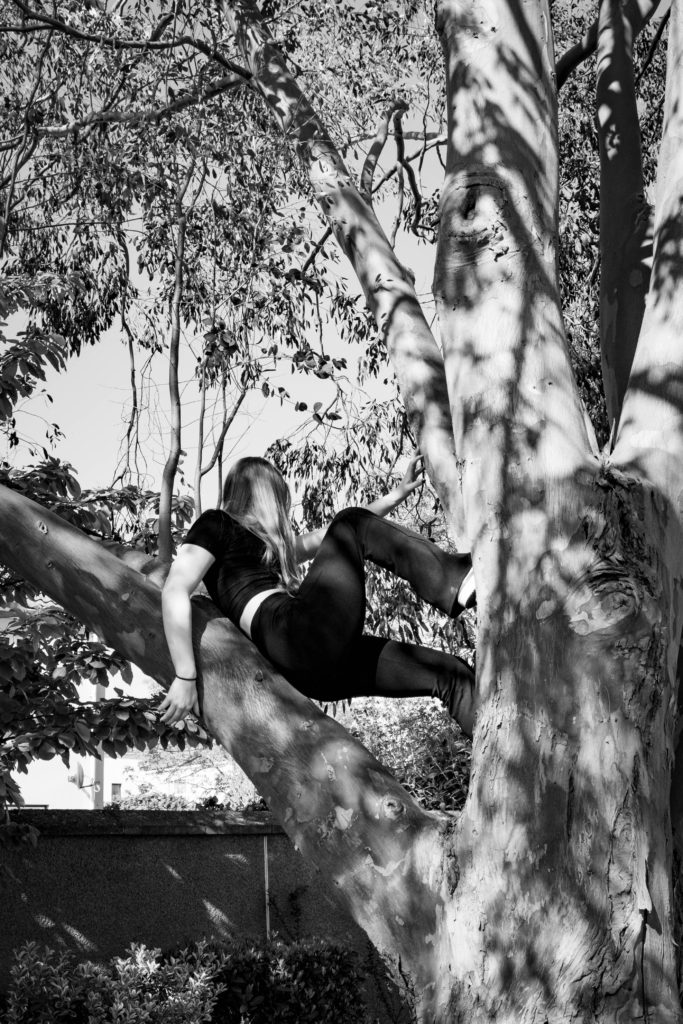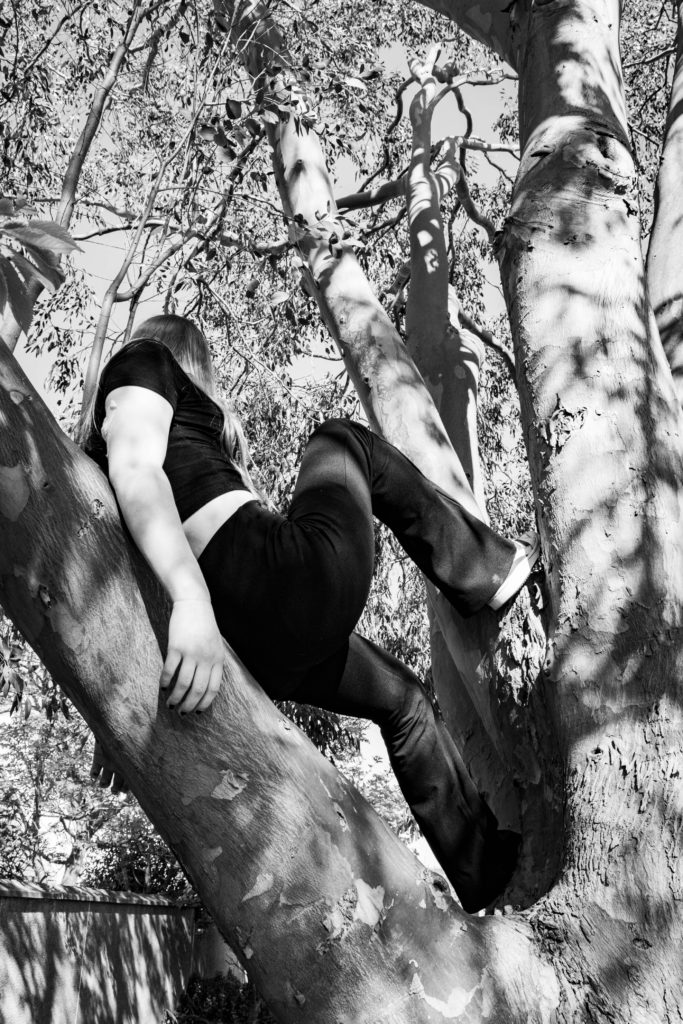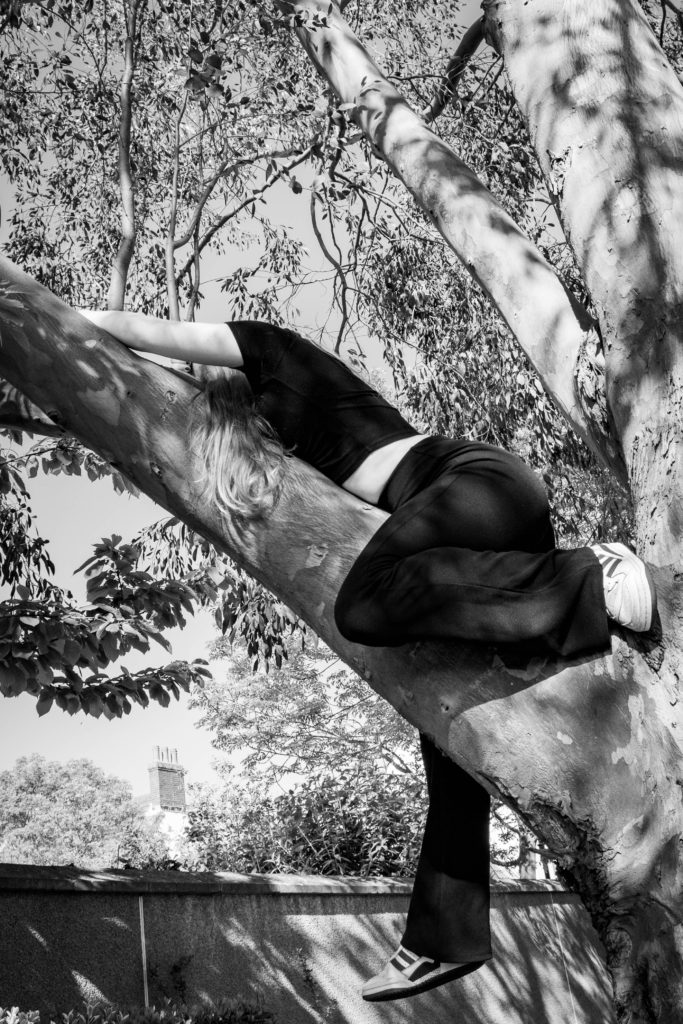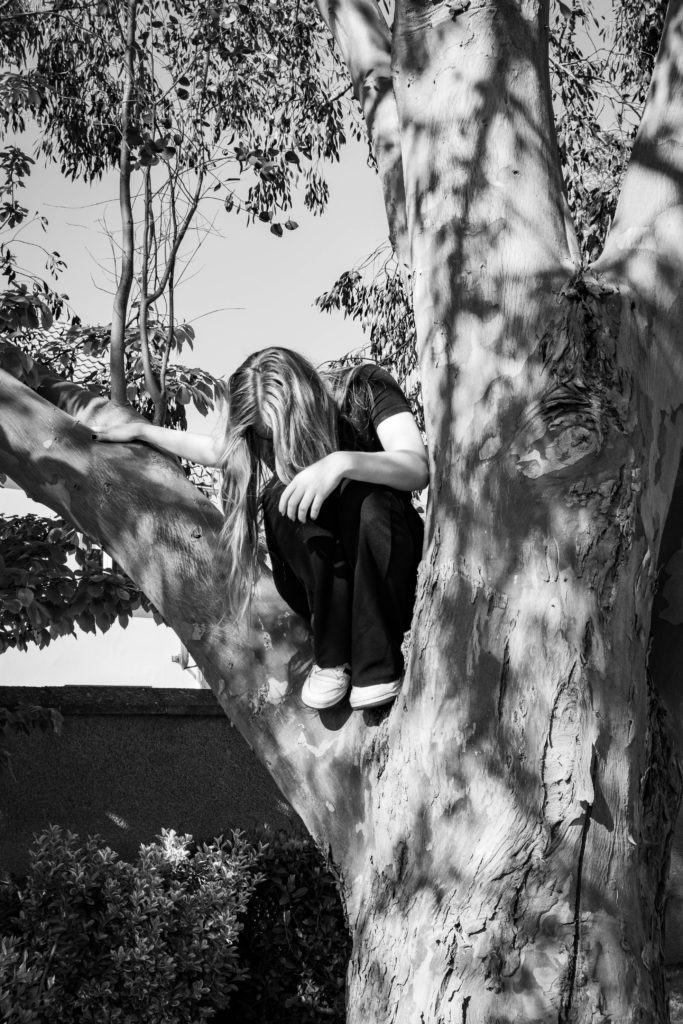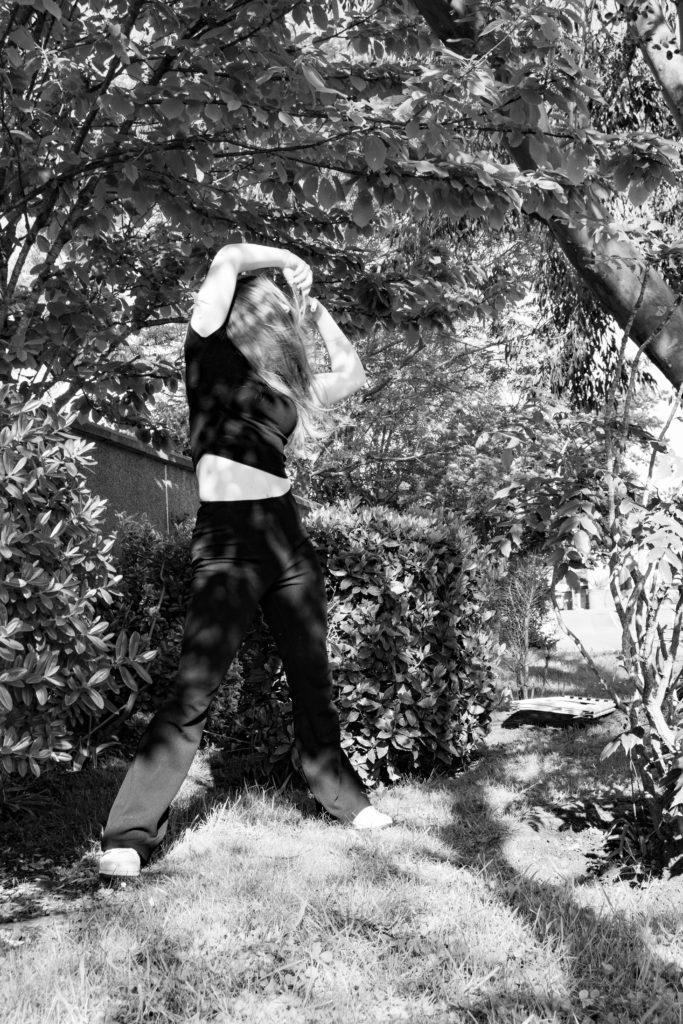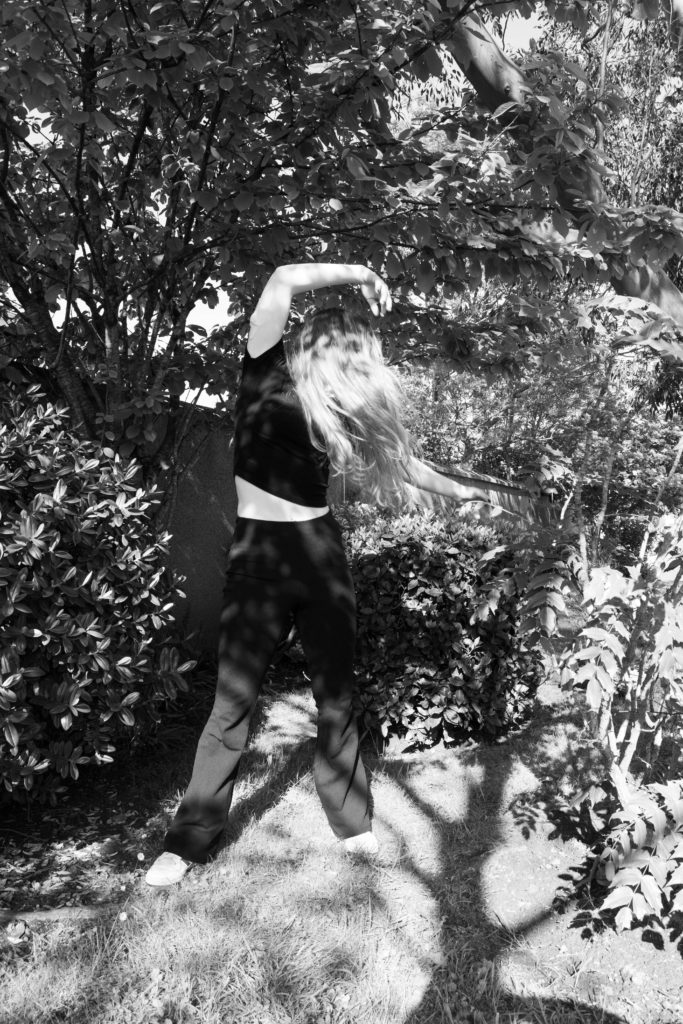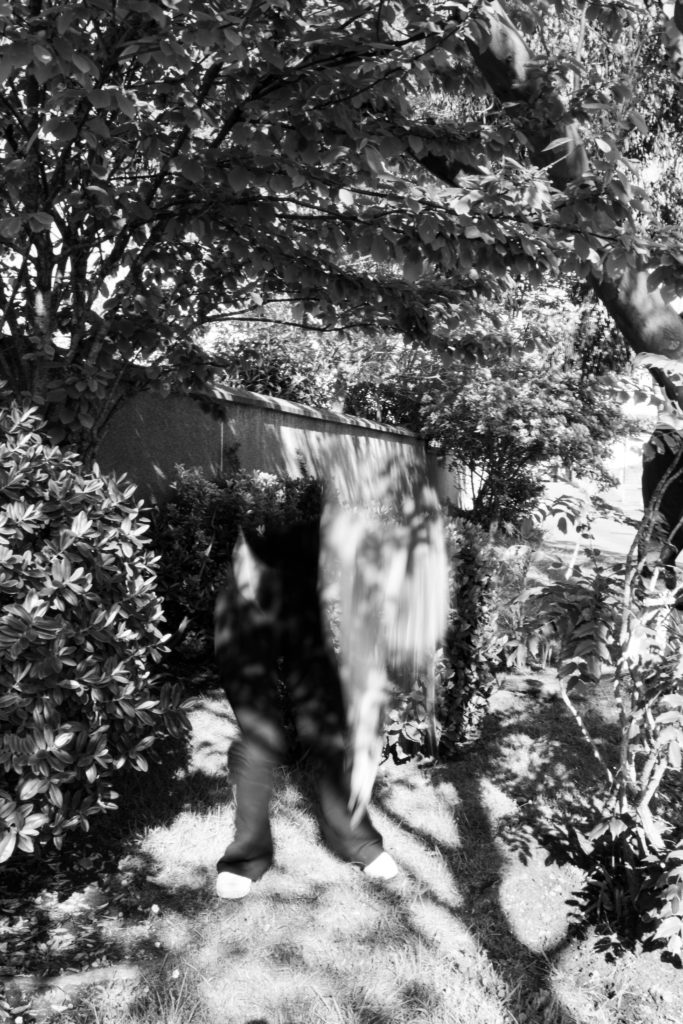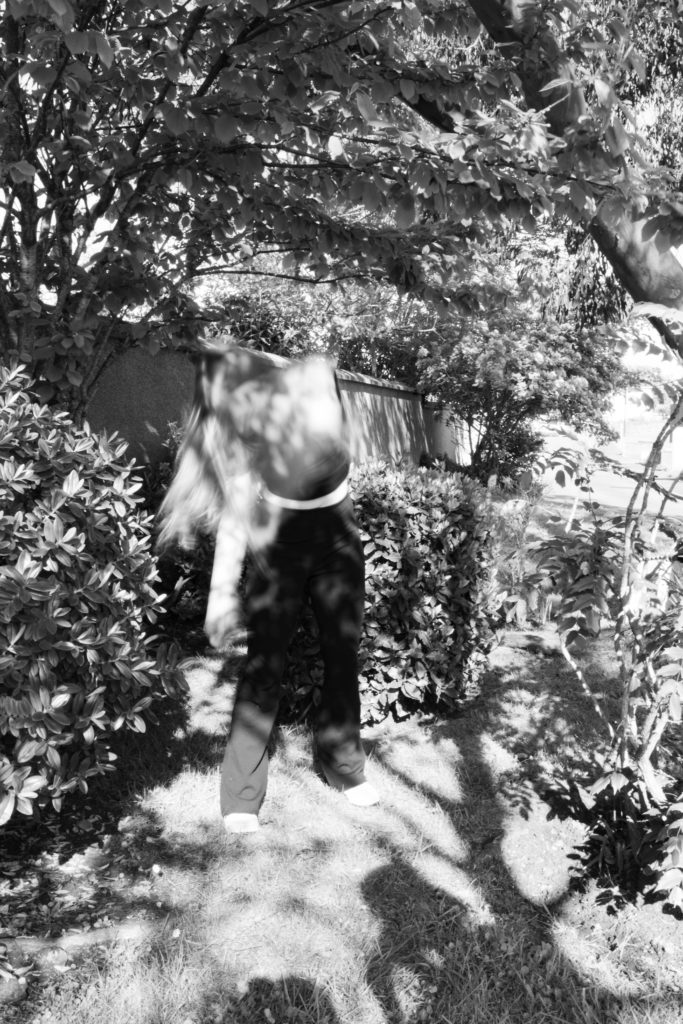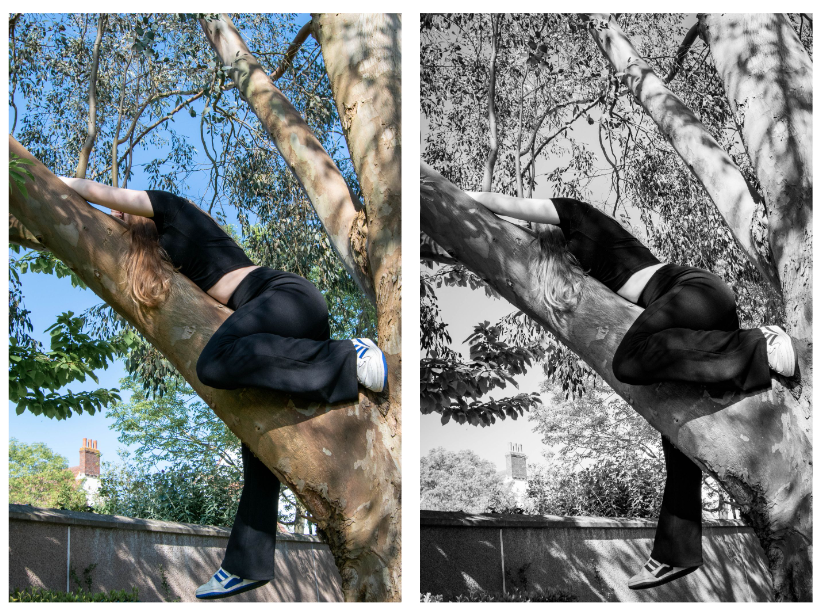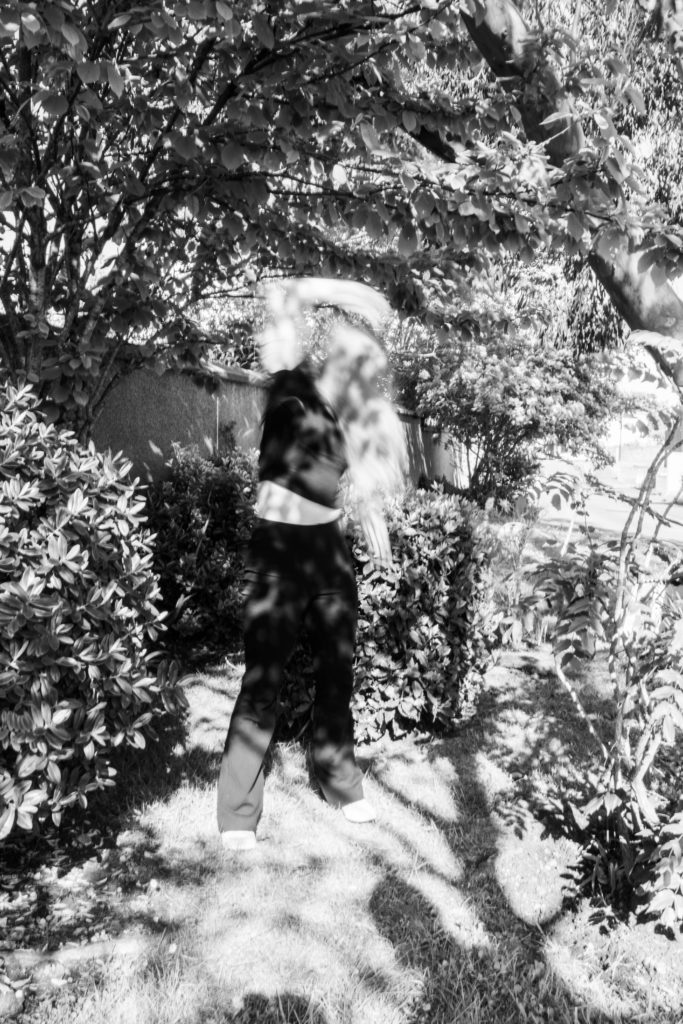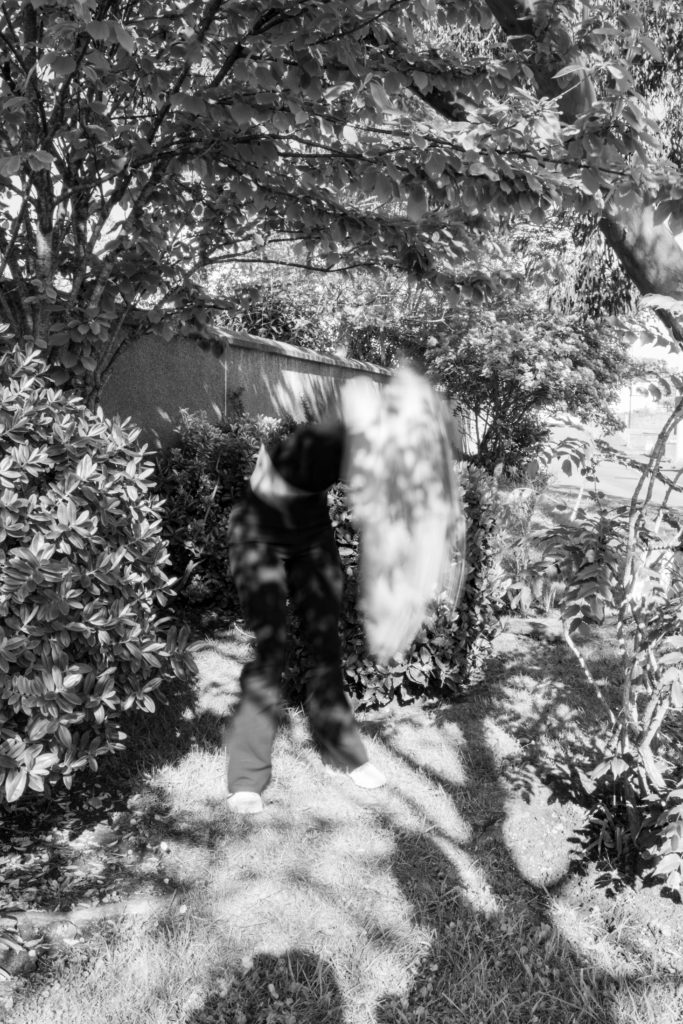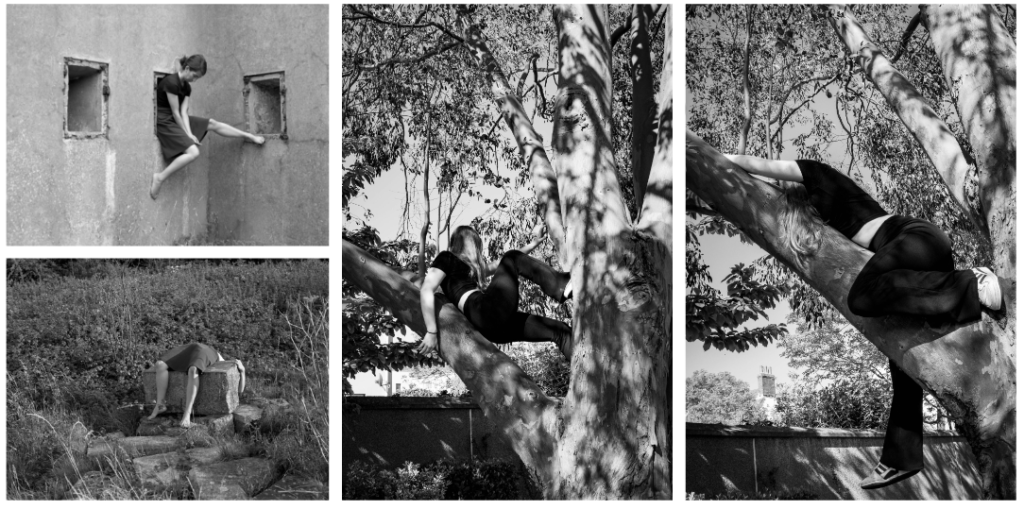How successful were my final outcomes?
I’m happy with my mounted outcomes, I experimented with window mounts and foam board. On the contrasts, my final images for femininity are not exactly what I wanted as the images ended up being too complicated with the background. However I think the images do link to my artists. The long exposure photos were my least successful, however I do like the Clare Rae images. I might re-take some of the images with the long exposure to add to my collection. I feel like my images present what I wanted to show about femininity and how female identity is lost amidst the societal stereotypes these days.
What references did I make to artists references
As Clare Rae and Francesca Woodman being my two artist references, I think I managed to link to their work through combining their two styles together. Overall I think I captured their styles through a slightly different view, but still holding the main ideas of identity through feminism. My main idea that I really wanted to show was that through the permanent stereotypes people think about women, identity can be removed, especially considering the past dominance of ‘The Male Gaze’ through art and photography. I showed this through hiding the identity of my subject, but also connecting her to nature to present females as natural, separating them from the constant fake images they hold on social media.
Is there anything I would do differently?
The only thing about my feminism shoot that I would change would be where I shot the images. Even though I really like the outcomes and they linked well with my artist references, I think some of the images were overcompilated to look at due to the background. To change this I could have taken more photos in a more basic setting such as the sand dunes.
Evaluation on the whole project:
My favourite part was learning about studio lighting and more in depth camera settings. Experimenting with the Rembrandt, butterfly lighting and the colour gels was really interesting as each one created a drastically different effect of the subject. I also really enjoyed experimenting with long exposure in the studio and I think some of my best images were from those shoots.
I struggled more with the environmental portraiture and I feel like I could have pushed myself more and gone into public places to get my images. However I really liked the idea of capturing someone in their working spaces. I wasn’t too happy with my final images from those shoots because I only used people I knew.
I’ve also enjoyed the feminism project because it is a large issue in todays society that isn’t talked about as much as it should be. Presenting the issues through photography meant I could show a creative and more subtle side to the issue, and I think I managed to achieve what I wanted to.
